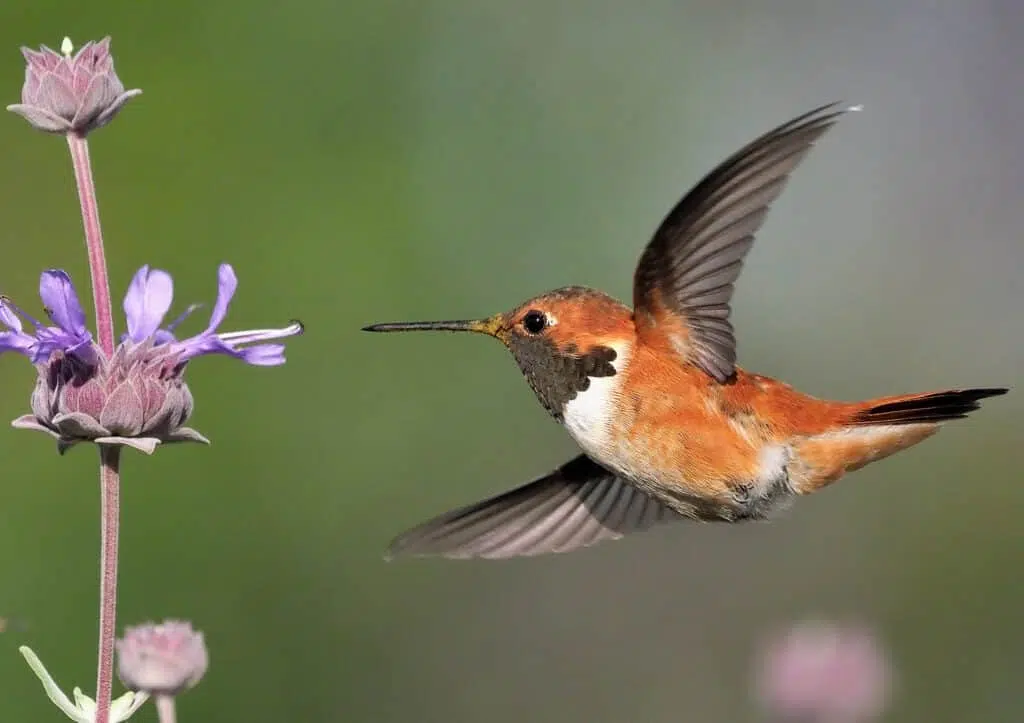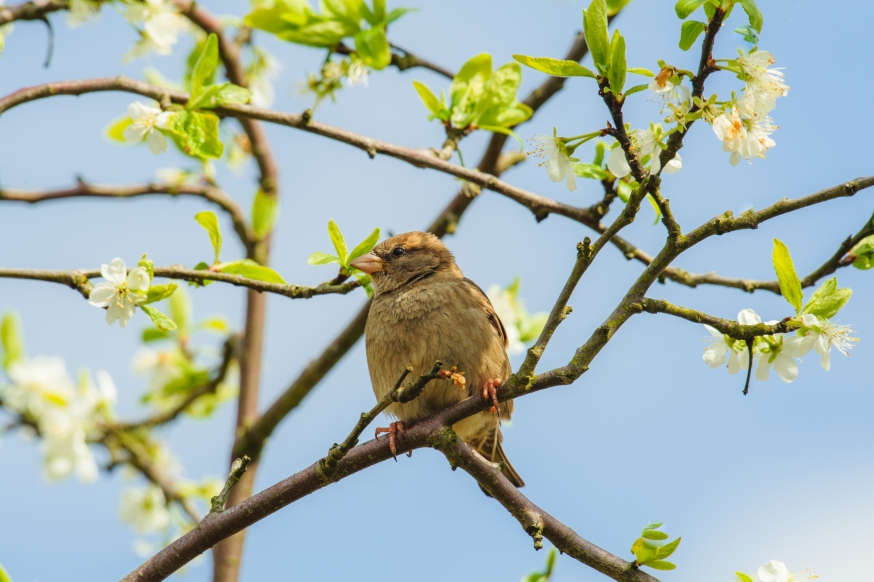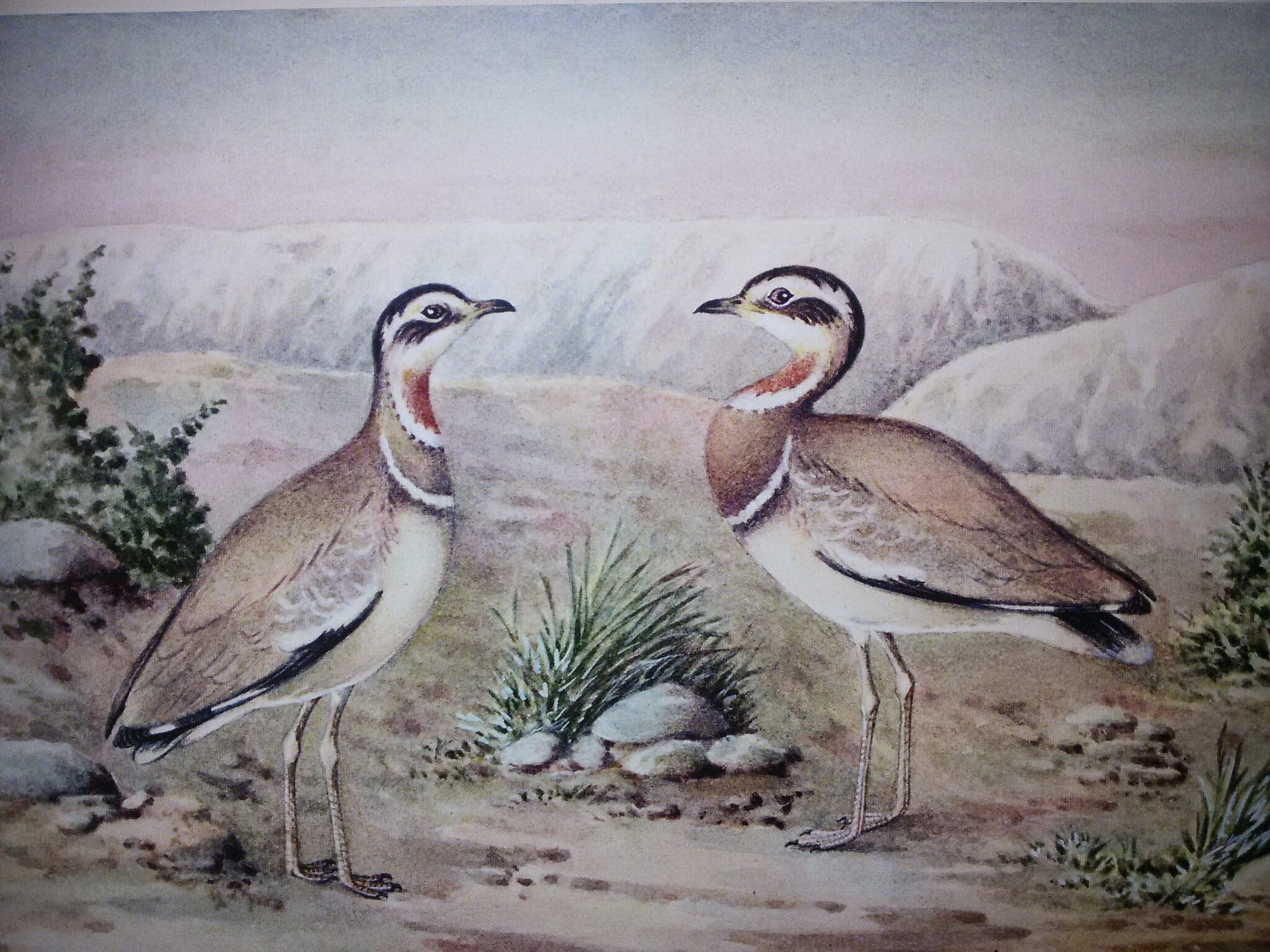New report reveals widespread losses of birds in all U.S. habitats – except for one
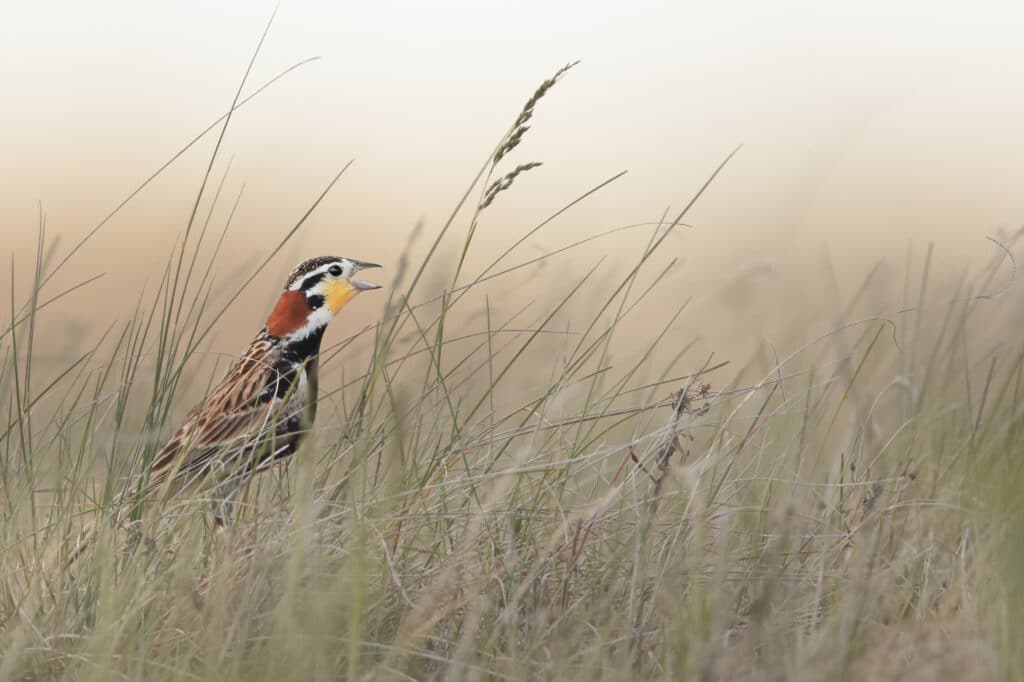
A newly released State of the Birds report for the United States is a tale of two trends, one dire and one hopeful. While over half of the country’s bird species are in decline, investments in wetland conservation have seen long-term increases in waterfowl populations, once again showcasing the change that can be achieved with effective conservation.
Just last month, BirdLife launched its flagship State of the World’s Birds report, highlighting that nearly half of the world’s avian species are in decline. Now, a newly released State of the Birds report for the United States paints a similarly worrying picture for the country’s birds, and in turn its wider natural environment.
Published by 33 leading science and conservation organisations and agencies, including American Bird Conservancy (ABC) and Audubon (both BirdLife U.S. Partners), the 2022 U.S. State of the Birds report reveals that over half of the U.S.’s bird species are declining. The report follows a landmark 2019 study that found that the U.S and Canada had lost nearly 3 billion birds over the last 50 years, and further underlines the urgent need to boost conservation efforts across the country. While grassland birds have declined fastest, their populations reduced by 34 percent since 1970, the overall number of birds found in nearly all other habitats have also steadily dropped during this time.
“The rapid declines in birds signal the intensifying stresses that wildlife and people alike are experiencing around the world because of habitat loss, environmental degradation and extreme climate events,” said Dr. Amanda Rodewald, director of the Cornell Lab of Ornithology’s Center for Avian Population Studies. “Taking action to bring birds back delivers a cascade of benefits that improve climate resilience and quality of life for people. When we restore forests, for example, we sequester carbon, reduce fire intensity, and create habitat for plants and animals.”
Though the reports overall findings are no doubt worrying, it also offers a glimmer of hope for conservation. Bucking the trend of birds occurring in other habitats, the U.S. populations of waterbirds and ducks have steadily increased over the last 50 years following extensive conservation efforts towards the country’s wetlands.
“While a majority of bird species are declining, many waterbird populations remain healthy, thanks to decades of collaborative investments from hunters, landowners, state and federal agencies, and corporations,” said Dr. Karen Waldrop, Chief Conservation Officer for Ducks Unlimited. “This is good news not only for birds, but for the thousands of other species that rely on wetlands, and the communities that benefit from groundwater recharge, carbon sequestration, and flood protection.”
Header Image: U.S. grassland birds, such as Chestnut-collared Longspur, have shown the fastest declines over the last 50 years © Ian Davies, Cornell Lab | Macaulay Library
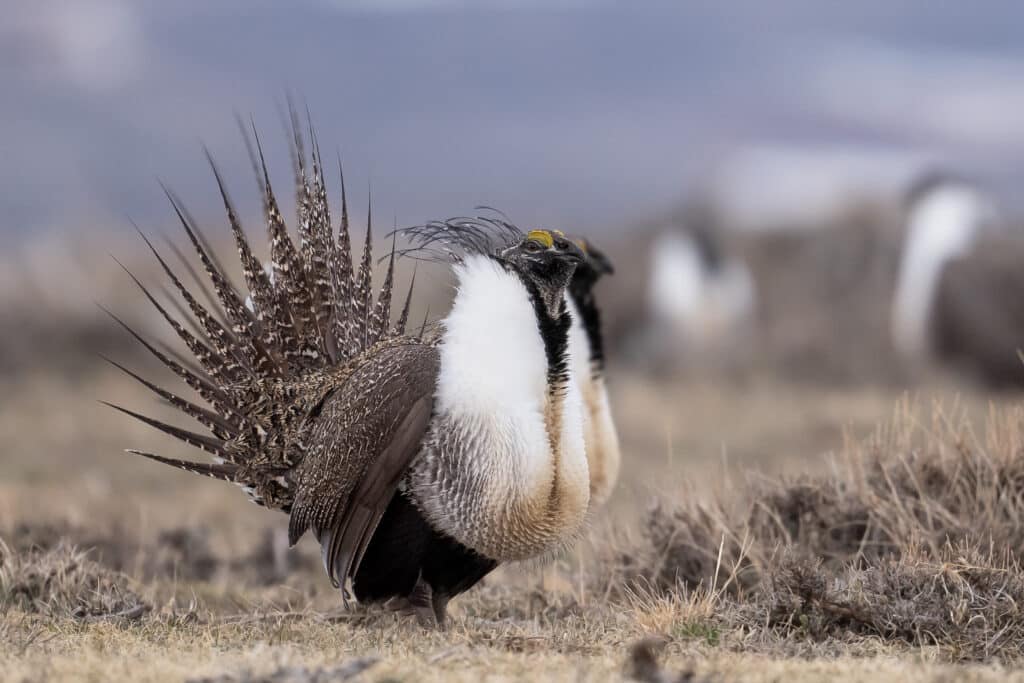
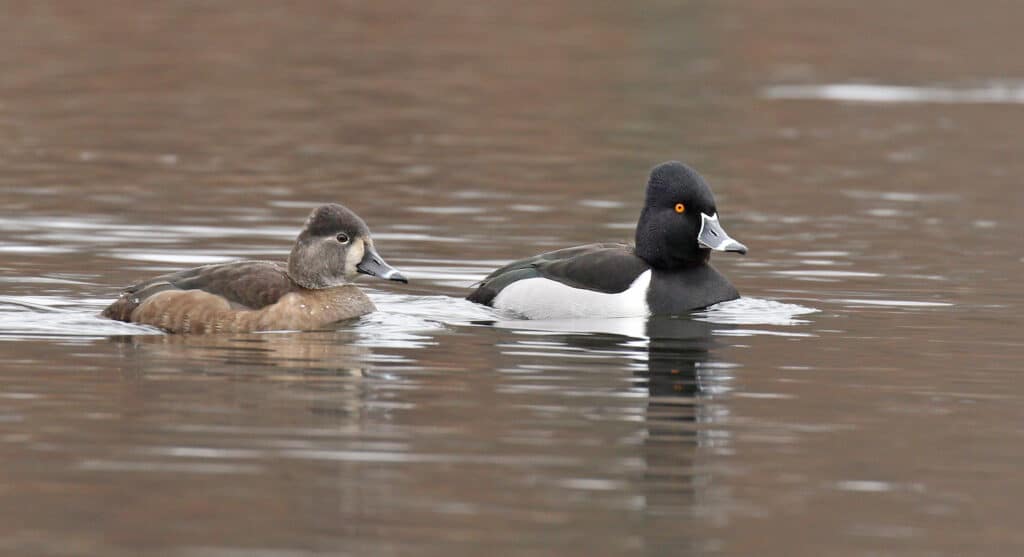
Building on this success
The positive signs for waterfowl and ducks prove that with concerted effort, change can be achieved, and the report suggests that applying this winning formula to other habitats will help U.S. bird populations rebound. Given the dramatic decline seen in most of the country’s birds, and those across the world, it is now vital that a strategic combination of partnerships, incentives, science-based solutions, and political and public will be used to dramatically scale up conservation efforts.
Exemplifying the need for large-scale, collaborative conservation are shorebirds, which alongside grassland birds have declined most steeply since 1970. Many of North America’s shorebirds are migratory, undertaking epic journeys to spend the winter in warmer climates afforded by country’s further south in the America’s. Their declines have occurred in part due to the array of threats they face along their migratory routes, so conservation partnerships are vital to ensuring they are protected throughout their travels. Conserva Aves, a unique collaboration between BirdLife, ABC, Audubon and RedLAC (the Network of Latin American and Caribbean Environmental Funds), is an example of the type of approach needed. Through focusing on North American migratory birds, Conserva Aves galvanises international support to protect sites across the tropical Andes that are crucial for their migrations.
Another group where decisive and collaborative action is urgently needed are Hawaiian forest birds. Since western colonisation of the islands began in 1778, nearly half of the 78 endemic species and subspecies have, or are presumed to have, gone extinct. Worryingly, this report highlights that Hawai’i’s 10 most imperilled species now collectively number fewer than 5,500 birds, and several are at risk of going extinct in the next few years, such as Akikiki and Maui Parrotbill (both Critically Endangered).
The greatest threat to these birds is avian malaria, carried by invasive mosquitoes brought to the islands by humans. Warming temperatures are allowing these insects to spread further up Hawai’i’s mountains, and it is an issue ABC are working hard to tackle. “Building upon successes in human health, there is hope and the opportunity to use naturally occurring bacteria to reduce mosquito populations, break the disease cycle, and allow the forest birds to thrive,” said Chris Farmer, Hawai‘i Program Director at ABC. “The Birds, Not Mosquitoes partnership is dedicated to developing and implementing this technique to save our remaining forest birds.”
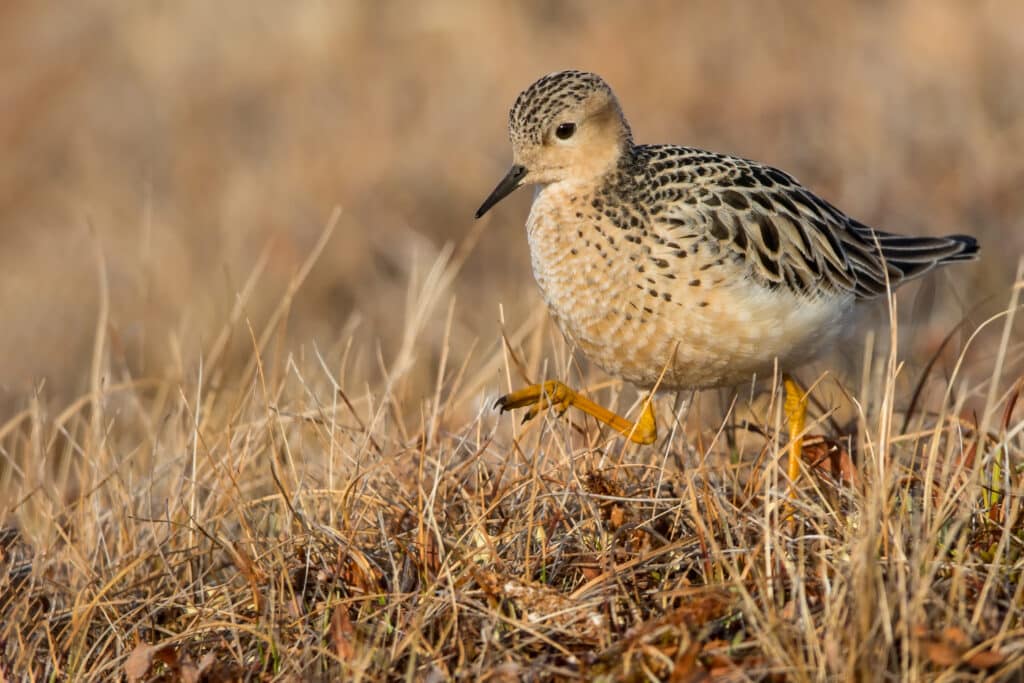
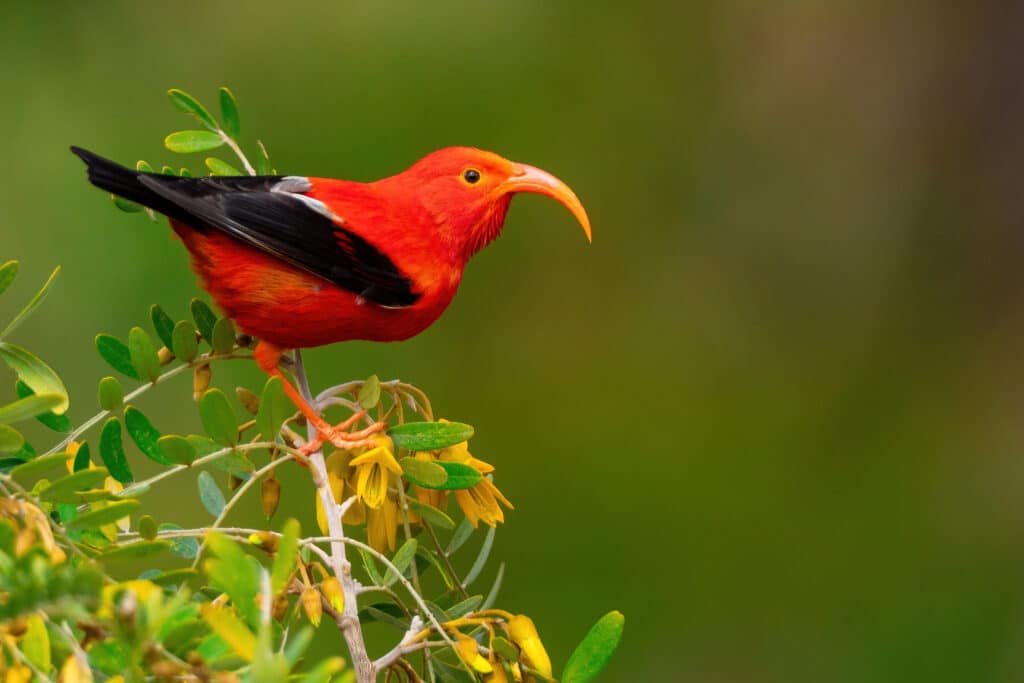
Sooner rather than later
Species at risk of extinction understandably attract the greatest conservation focus, however the widespread declines of birds, both in the U.S. and around the world, highlights the need for proactive conservation, protecting birds and their habitats before they become threatened. To help these efforts, the report identified 70 tipping point species, which are those not currently listed as threatened but whose populations have declined by 50 per cent since 1970 and whose dwindling populations are set to halve again over the next 50 years if nothing changes. Ranging from diminutive Rufous Hummingbirds to Laysan Albatrosses that use their giant wingspans to soar across the Pacific Ocean, it is now vital that conservation measures are put in place to reverse the worrying population trajectories of these species.
While the 2022 U.S. State of the Birds report is undoubtedly another sobering assessment of the health of the natural world, the more promising fortunes of the country’s wetland birds once again proves that conservation works. It is now vital that people from all walks of life urgently rally together to push for the change our planet so desperately needs. “Everyone can make a difference to help turn declines around,” says Mike Parr, president of American Bird Conservancy. “Everyone with a window can use simple solutions to prevent collisions. Everyone can help green their neighbourhood and avoid using pesticides that harm birds. Everyone who lives in a neighbourhood can bring the issues and solutions to their community and use their voice to take action.”
